10 Most Dangerous Airports in The World
Airports play a crucial role in global travel, but some airports are far more challenging and dangerous than others due to unique geographical, weather, or infrastructural conditions. Here are 10 of the most dangerous airports in the world, known for their tricky landings, unpredictable weather, and high levels of pilot skill required to ensure safe operations.
1. Lukla Airport, Nepal
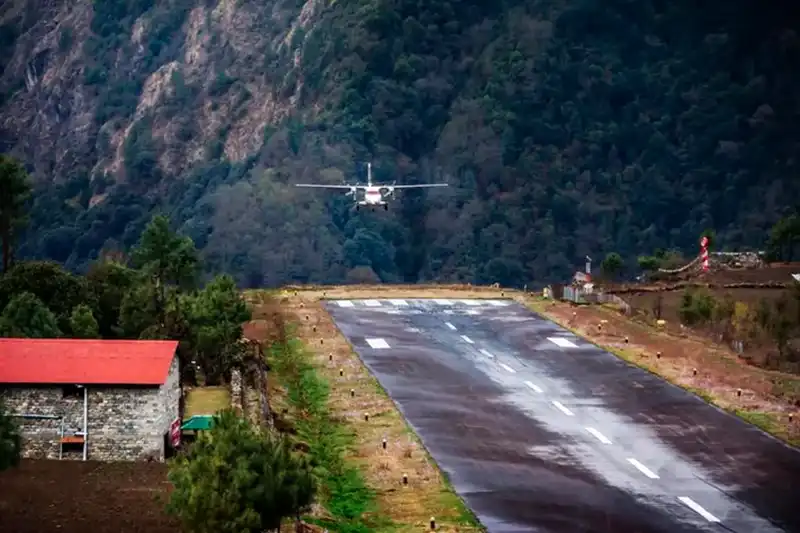
Often considered the most dangerous airport in the world, Lukla Airport (now called Tenzing-Hillary Airport) is the main entry point for climbers heading to Mount Everest. The short, 1,729-foot runway is perched on a cliff, and one end terminates in a steep drop into a valley. The airport is notorious for its high winds, changing weather conditions, and the thin mountain air, all of which make takeoffs and landings particularly risky.
2. Princess Juliana International Airport, St. Maarten
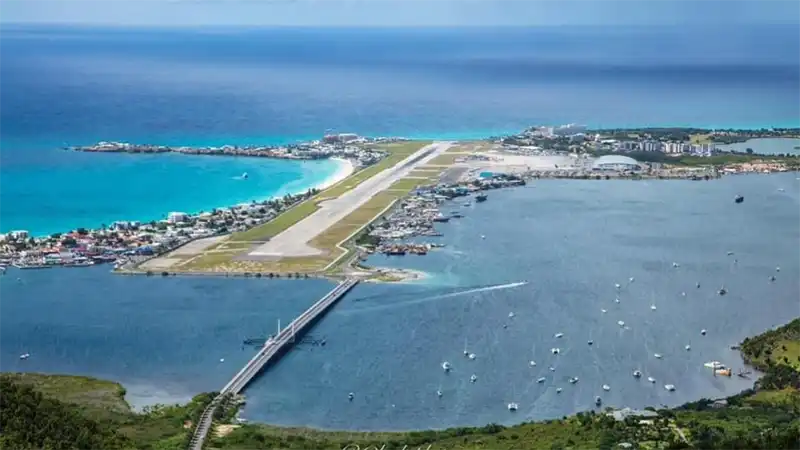
Located in the Caribbean, Princess Juliana International Airport is famous for its low-altitude landings right above Maho Beach. Planes fly so low that beachgoers can feel the blast of jet engines as they pass just meters above their heads. The short runway, combined with strong crosswinds, makes this a challenging airport for pilots and a thrilling experience for spectators.
3. Paro International Airport, Bhutan
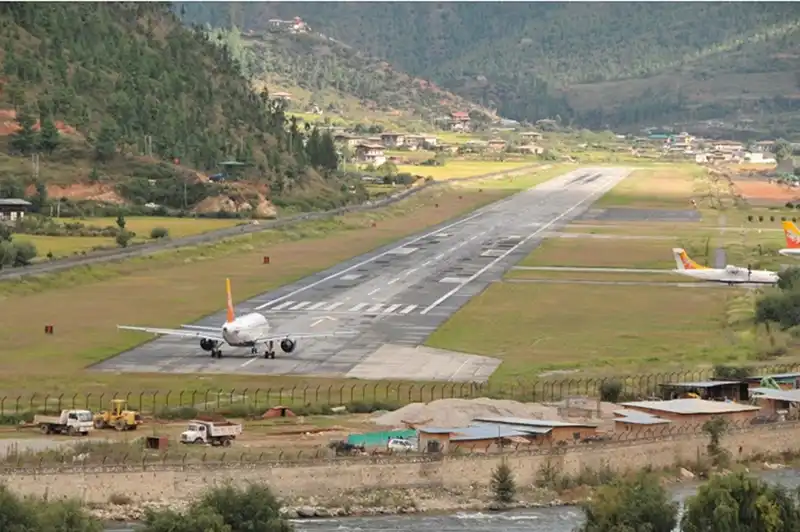
Paro International Airport is one of the most dangerous airports in the world due to its high altitude and mountainous terrain. Located in a deep valley surrounded by peaks of over 18,000 feet, only a handful of pilots are certified to land here. Pilots must navigate through narrow passes and make sharp turns to align with the runway, often dealing with severe turbulence.
4. Courchevel Airport, France

Serving a ski resort in the French Alps, Courchevel Airport is known for its extremely short runway — just 1,762 feet long — and its steep slope. Pilots must be highly skilled to land here, especially given that there’s no go-around procedure in case of a botched landing attempt. Winter weather and icy conditions add to the challenge.
5. Juancho E. Yrausquin Airport, Saba Island
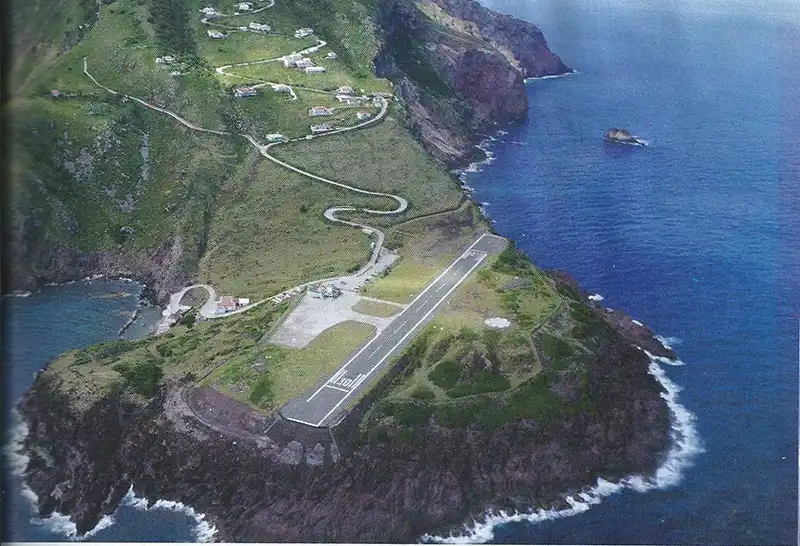
Located on the small Dutch Caribbean island of Saba, Juancho E. Yrausquin Airport boasts the shortest commercial runway in the world at just 1,300 feet. Flanked by cliffs and the ocean on both ends, the runway is so short that only small aircraft are able to use it. Any mistakes during takeoff or landing could result in a plane overshooting into the sea.
6. Toncontin International Airport, Honduras
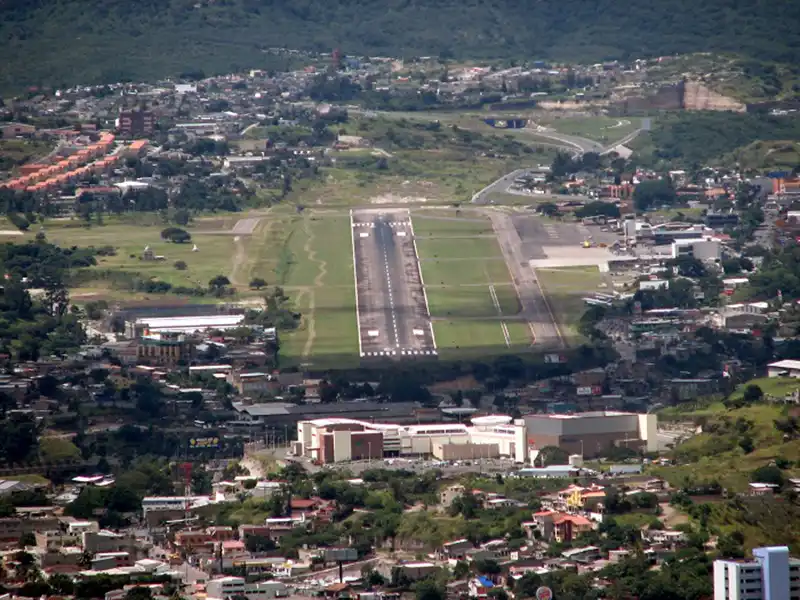
Toncontin International Airport in Tegucigalpa, Honduras, is known for its challenging approach. Surrounded by mountains, the runway requires pilots to make a sharp, steep descent, often in turbulent conditions. The runway is relatively short and located at a high altitude, further complicating landing and takeoff operations.
7. Madeira Airport, Portugal
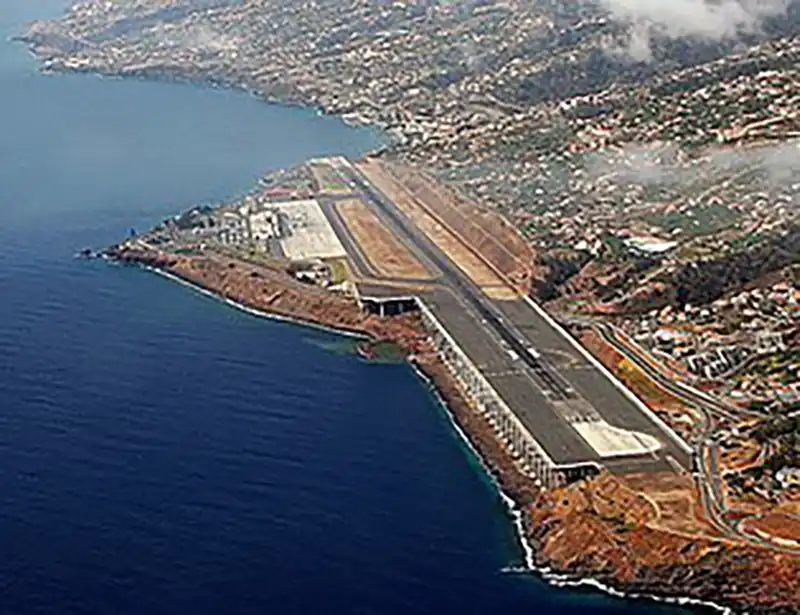
Madeira Airport, also known as Cristiano Ronaldo Airport, is located on a small island off the coast of Portugal. It features a runway that is partially built on stilts over the ocean. Strong winds, turbulence, and the location’s geography make landings difficult, with pilots often battling unpredictable weather conditions.
8. Gibraltar International Airport, Gibraltar
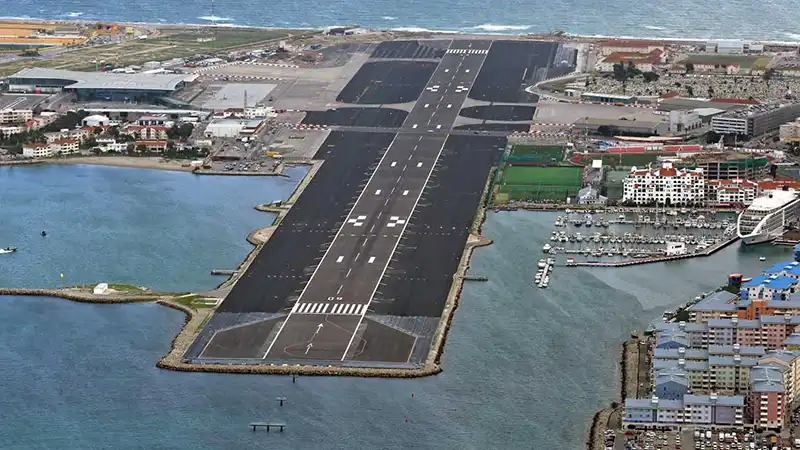
Gibraltar International Airport has a unique design that makes it one of the most dangerous airports in Europe. The runway intersects with Winston Churchill Avenue, Gibraltar’s busiest road. Traffic has to be stopped each time a plane takes off or lands. Additionally, the airport is located between the sea and a large rock formation, causing challenging wind patterns.
9. Narsarsuaq Airport, Greenland
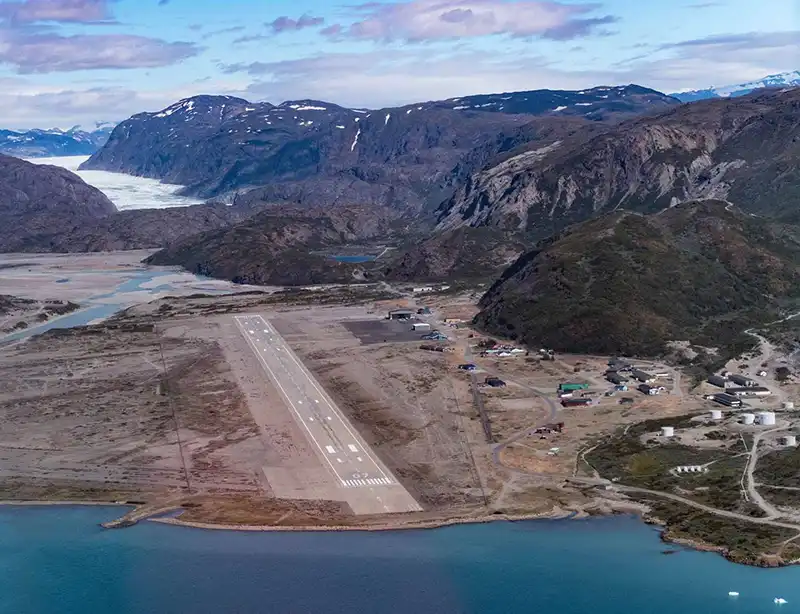
Greenland’s Narsarsuaq Airport presents pilots with tough conditions, including severe turbulence, icy runways, and frequent storms. In winter, the area is often affected by extreme cold and low visibility. The approach takes pilots through fjords and over glaciers, making it one of the world’s most treacherous landings.
10. Barra Airport, Scotland
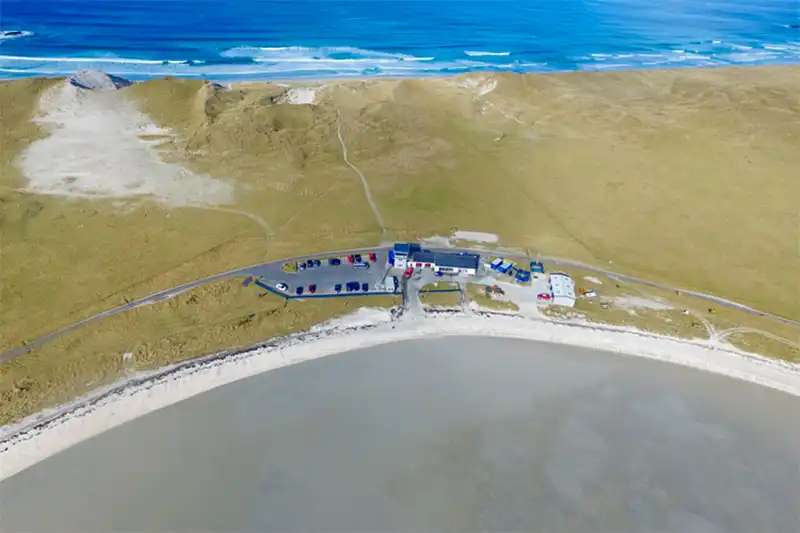
One of the most unusual airports in the world, Barra Airport in Scotland has a runway that is actually a beach. The runway is submerged at high tide, so pilots must land and take off according to the tidal schedule. The weather in this remote part of the Outer Hebrides is often unpredictable, with high winds and frequent rain making conditions even more difficult.
Flying into or out of these airports requires not only advanced pilot training but also a strong stomach for travelers. Each of these airports poses unique challenges, whether it be from high altitudes, short runways, or extreme weather conditions. They serve as a testament to the skill of the pilots who navigate them and the daring spirit of the passengers who choose to fly there.




















